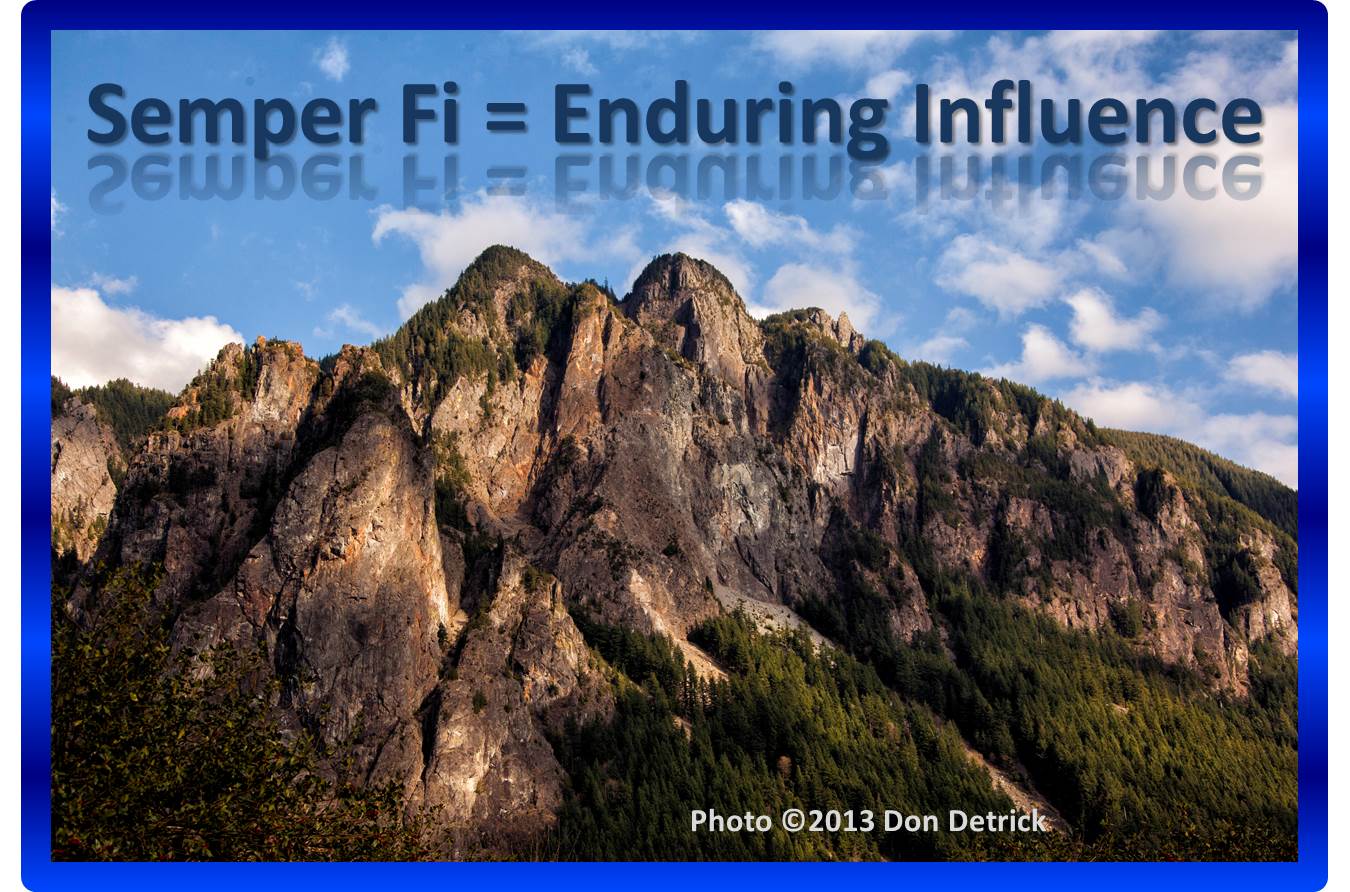 “There’s no such thing as an ex-Marine!” While I have heard NCIS Special Agent Leroy Jethro Gibbs on television’s top-rated series make the remark many times, I was somewhat surprised to hear the unison voices of three students echo the exact sentiment. Someone in the university class I was teaching happened to mention that a number of their cohorts were ex-Marines, thus their collective and corrective response.
“There’s no such thing as an ex-Marine!” While I have heard NCIS Special Agent Leroy Jethro Gibbs on television’s top-rated series make the remark many times, I was somewhat surprised to hear the unison voices of three students echo the exact sentiment. Someone in the university class I was teaching happened to mention that a number of their cohorts were ex-Marines, thus their collective and corrective response.
It got me thinking. What is it that makes a select group of individuals so impassioned that they proudly wear the title, “Marine” as a badge of honor forever? Not “ex-Marine,” mind you, but even years following active duty they subscribe to an identity in the present tense, “Marine.”
What occurs within that window of time in active service, be it two years or thirty, that becomes part of the fabric of their lives forever? What creates the ethos, the culture, the duty, the mission that permeates their collective DNA? What could inspire random diverse individuals with unique personalities, gifts, and talents into a unit with a collective identity and purpose? What is so compelling about their mission that men and women risk life and limb to defend each other and more importantly, defend the dignity and freedom of their nation? What could possibly generate such enduring influence?
Books could be written on the subject (and they have). Techniques, strategies, training, culture, combat, duty, shared quarters, community, language, experience, camaraderie—these all contribute. But in the end it really comes down to two words: Semper fi. Not “semper fidelis.” The abbreviated version works fine, and is more efficient in the Marine economy. Latin is not the strong suit for most Marines. And like Special Agent Gibbs on NCIS, most Marines I know are people of few words. They choose action over verbiage. They don’t need a lot of fancy words to proclaim their faithfulness, they show it every day. They get things done. They can be counted on when it counts. Their influence endures. In a word, leadership is influence, and they lead by example.
We have all experienced the effects of unfaithfulness. Needless suffering, broken promises, broken vows, broken families, and broken lives are the inevitable result. Even the most faithful person may have a lapse of faithfulness. Unfaithfulness is common. Faithfulness is rare. That explains the question posed by the writer of Proverbs: “Many claim to have unfailing love, but a faithful person who can find?” (TNIV)
Semper fi. Always faithful. Always on active duty. Always ready to be found, identified, and counted. What if every disciple of Jesus Christ was as quick as my Marine students to identify with Jesus? Never an ex-disciple. Never a lapse, but always faithful. Who knows, we might become people of enduring influence. And we might just change our world.
Part 2:
“We’re looking for a few good men”
– The U.S. Marine Corps.
I remember frequently seeing or hearing that phrase as a boy growing up during the Viet Nam era. In print, television, or radio commercials, the message was the same: it requires something to be a Marine. It requires faithful service, and only a few meet that requirement.
Though not a Marine, our nation yesterday (4/11/13) honored a faithful hero. The Congressional Medal of Honor was awarded posthumously by President Obama to U.S. Army Chaplain (Capt.) Emil Kapaun, a hero who died in 1950 during the Korean War serving and saving the lives of his fellow soldiers.
Chaplain Kapaun heroically saved the life of a wounded soldier who was about to be executed by the enemy by running to and lifting the wounded man. Both were captured and sent to a POW camp, where the chaplain continued to serve as a representative of Jesus, frequently giving his own tiny ration of food so other soldiers could live. He modeled faith and virtue. While keeping hope alive for others, he died of starvation in that camp.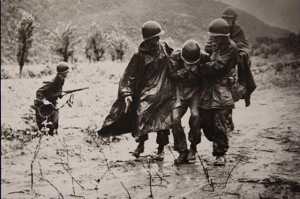
One iconic image of Chaplain Kapaun captures his story. The photo shows him helping a wounded soldier, with his arm around his shoulder. In an online article in Time magazine, Chaplain Col. Kenneth W. Stice describes Chaplain Kapaun’s heroism:
“I’ve read his story and wondered what were the influences that shaped him to be such a man of influence, willing to make extraordinary sacrifices for others. Well there’s the obvious formation of his abiding religious faith and practice. That is common to all chaplains.
But there’s also the influence of his family life – as one who grew up in rural Kansas, on a farm, within a tightly-connected community. It was in that context that he learned the value of hard and honest work, loyalty and support of neighbors, and simple a lifestyle with meager possessions.
Both of those streams of influence were absolutely vital in preparing him to endure captivity with such humility and courage, so that he became the inspiration of other POWs to carry on. Chaplain Kapaun was consistent in his daily walk, and how he lived his faith.
The remarkable acts of bravery under direct fire in November of 1950 were reinforced through those daily acts of religious faith. All chaplains have the opportunity to make that impact on others with consistent living that was epitomized by Chaplain Kapaun’s example. His consistent walk and witness encourage me on my own journey of faith. But that same witness serves to convict me of areas that I need to be more faithful.”[1]
Did you notice how many times Col. Stice used the word, “influence” to describe this heroic man? I was touched reading about Chaplain Kapaun’s faithfulness and enduring influence. And I had to ask, What do all faithful heroes have in common? Here’s what I came up with:
- They are present and available rather than absent and inaccessible. Can my loved ones count on me to be present and available–to be there for them when they need me?
- They are alert and engaged, rather than pre-occupied and distant. Am I present when I am present, or neglecting my duty to pay attention to my family, my friends, my responsibilities?
- They are courageous and sacrificial, rather than playing it safe out of harm’s way. Will I protect and serve others, or only myself?
The Marines are looking for a few good men who will be “always faithful.” It’s not a gender thing, anybody can be a hero to somebody by being faithful in who you are and faithful in what you do. Enlist today, your faithful influence will endure. Semper Fi!
[1] U.S. Army Chaplain Col. Kenneth W. Stice, “Medal of Honor: Chaplain Kapaun’s Heroism Feted Today. Time, April 11, 2013 at http://nation.time.com/2013/04/11/medal-of-honor-chaplain-kapaums-heroism-feted-today/ accessed 4/12/13.
Like this:
Like Loading...
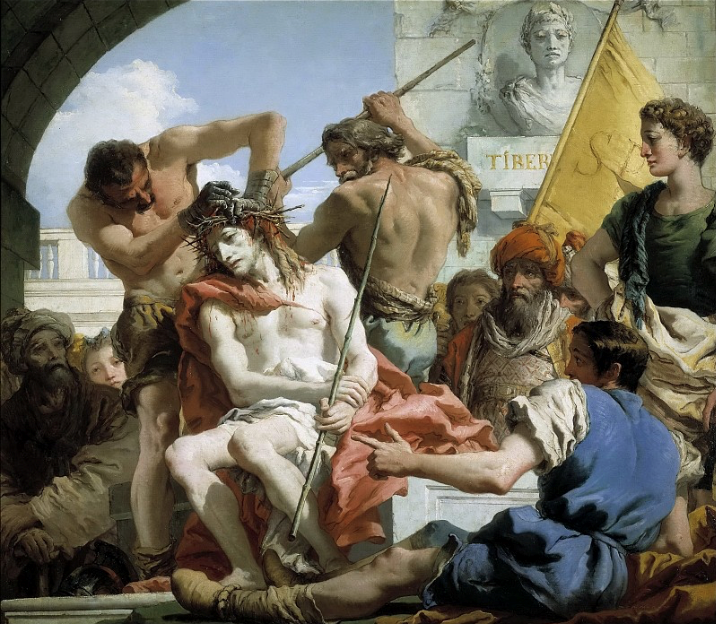
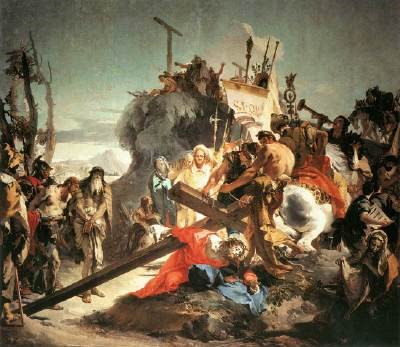



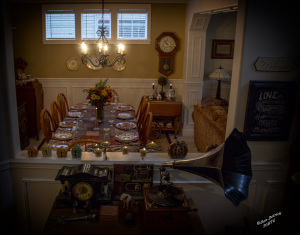


 “There’s no such thing as an ex-Marine!” While I have heard NCIS Special Agent Leroy Jethro Gibbs on television’s top-rated series make the remark many times, I was somewhat surprised to hear the unison voices of three students echo the exact sentiment. Someone in the university class I was teaching happened to mention that a number of their cohorts were ex-Marines, thus their collective and corrective response.
“There’s no such thing as an ex-Marine!” While I have heard NCIS Special Agent Leroy Jethro Gibbs on television’s top-rated series make the remark many times, I was somewhat surprised to hear the unison voices of three students echo the exact sentiment. Someone in the university class I was teaching happened to mention that a number of their cohorts were ex-Marines, thus their collective and corrective response.